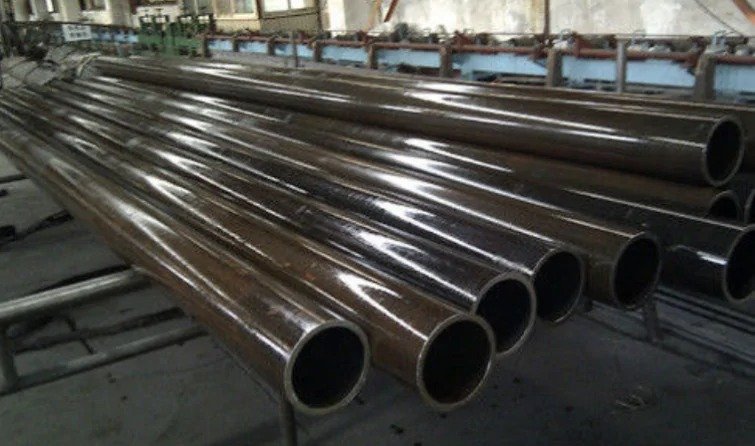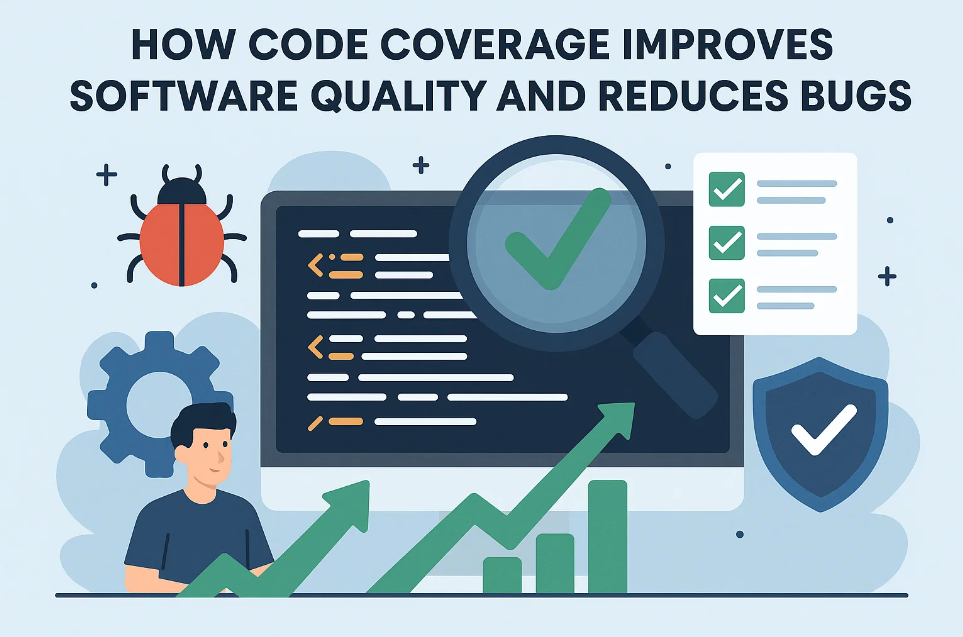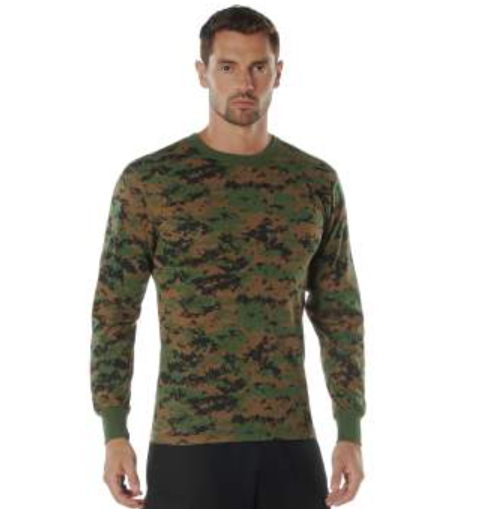In industries where pressure, precision, and performance define success, E355 Seamless Pipes have become the gold standard. Known for their superior strength, excellent dimensional accuracy, and resistance to stress and corrosion, these pipes are engineered to handle the toughest environments — from oil refineries and chemical plants to power generation and heavy machinery.
But what makes E355 Pipe such a reliable choice for high-pressure applications? Why do engineers, project managers, and manufacturers consistently favor it over other steel grades?
This comprehensive guide dives deep into the properties, manufacturing process, advantages, applications, and key technical insights that make E355 Seamless Pipes the backbone of modern engineering projects.
Whether you’re a procurement specialist, a mechanical engineer, or simply exploring material options for your next industrial project, this blog will give you everything you need to understand why E355 Seamless Pipes are preferred worldwide.
Understanding E355 Seamless Pipes
Before we dive into the performance benefits, it’s important to understand what E355 Seamless Pipes actually are.
E355 is a non-alloy, high-strength carbon steel grade defined under EN 10305 and EN 10297 standards. These pipes are seamless, meaning they are manufactured without any welded joints, ensuring uniform strength throughout their structure.
Key Characteristics
-
Grade designation: E355 (based on EN 10305-1 and EN 10297-1)
-
Material type: Non-alloy carbon steel
-
Production method: Hot-finished or cold-drawn seamless process
-
Primary use: Hydraulic and pneumatic systems, mechanical engineering, high-pressure pipelines
The “E” in E355 stands for engineering, and “355” represents the minimum yield strength of 355 MPa. This indicates the steel’s capability to withstand high stress without deformation — one of the reasons it’s widely trusted in pressure-intensive systems.
Chemical Composition and Mechanical Properties
The chemical makeup of E355 Pipe is carefully balanced to deliver strength, formability, and weldability. Below is a quick breakdown:
| Element | Percentage (%) |
|---|---|
| Carbon (C) | ≤ 0.22 |
| Manganese (Mn) | ≤ 1.60 |
| Phosphorus (P) | ≤ 0.025 |
| Sulfur (S) | ≤ 0.025 |
| Silicon (Si) | ≤ 0.55 |
Mechanical Properties
| Property | Value |
|---|---|
| Yield Strength | 355 MPa (minimum) |
| Tensile Strength | 490 – 630 MPa |
| Elongation | ≥ 22% |
| Impact Energy | 27 J at 20°C |
These numbers highlight why E355 Seamless Pipes can endure high internal pressures while maintaining structural integrity. The combination of strength and ductility ensures that the pipes can expand slightly under pressure without cracking or bursting — an essential characteristic for high-pressure systems.
Seamless Manufacturing Process: Strength from the Core
Unlike welded pipes, which have a visible seam that can be a weak point, seamless pipes are manufactured as a single solid piece. This process enhances the material’s uniformity, making it ideal for extreme temperature and pressure conditions.
Step-by-Step Process
-
Billet Selection: High-quality carbon steel billets are chosen based on strict standards.
-
Heating: Billets are heated to a precise temperature for deformation.
-
Piercing: A mandrel pierces the heated billet to create a hollow tube.
-
Rolling: The hollow billet is rolled and elongated to achieve the desired diameter and wall thickness.
-
Heat Treatment: Pipes are normalized or annealed to refine the grain structure.
-
Cold Drawing (Optional): Enhances dimensional accuracy and surface finish.
-
Testing and Inspection: Each pipe undergoes hydrostatic and non-destructive tests to ensure compliance.
Why E355 Seamless Pipes Excel in High-Pressure Environments
In high-pressure environments — such as hydraulic systems or oil pipelines — material failure can lead to catastrophic consequences. E355 Seamless Pipes are built specifically to handle such challenges.
1. Uniform Strength Distribution
Since these pipes are seamless, the strength is evenly distributed along the entire length, eliminating weak points commonly found in welded joints.
2. Excellent Pressure Tolerance
With a minimum yield strength of 355 MPa and tensile strength up to 630 MPa, these pipes can withstand extreme internal pressures without deformation or cracking.
3. Dimensional Stability
The tight dimensional tolerance achieved through cold drawing ensures consistent flow rates and easy assembly in precision systems.
4. Resistance to Fatigue and Vibration
In dynamic systems like hydraulics or automotive components, E355 Seamless Pipes resist fatigue and mechanical vibration, maintaining reliability over years of service.
Comparing E355 Pipes with Other Steel Grades
Let’s compare E355 Pipe to other common steel pipe grades:
| Property | E355 | S355J2H | P355N | ST52 |
|---|---|---|---|---|
| Type | Non-alloy seamless | Structural hollow section | Pressure vessel steel | Carbon steel |
| Yield Strength (MPa) | 355 | 355 | 355 | 355 |
| Application | Hydraulic/mechanical | Construction | Pressure vessels | Mechanical |
| Seamless Option | Yes | Sometimes | Yes | Yes |
| Surface Finish | Excellent | Moderate | Good | Good |
Key Benefits of Using E355 Seamless Pipes
Here’s a breakdown of why E355 is the preferred choice:
-
High Yield Strength: Ideal for demanding applications where performance under load is crucial.
-
Excellent Weldability: Can be easily joined without compromising strength.
-
Smooth Surface Finish: Ensures optimal fluid flow and reduced friction.
-
Uniform Structure: Seamless manufacturing eliminates weak zones.
-
Versatility: Suitable for machining, bending, and forming.
-
Reliability: Proven record in critical industrial systems.
Pro Tip: For systems with cyclical pressure variations, using E355 Seamless Pipes reduces the risk of fatigue failure compared to welded alternatives.
Applications Across Major Industries
The versatility of E355 Pipes allows their use across a wide range of industries.
1. Automotive Industry
Used in shock absorbers, steering systems, and drive shafts, where both precision and strength are vital.
2. Oil and Gas Sector
Ideal for high-pressure fluid transmission, pipelines, and hydraulic cylinders in drilling equipment.
3. Mechanical Engineering
Used in hydraulic systems, machine components, and power tools requiring seamless strength and dimensional accuracy.
4. Energy and Power Plants
Employed in boiler tubes, heat exchangers, and condensers where thermal stability is essential.
5. Construction and Infrastructure
Used in structural supports and mechanical frameworks, especially where pressure integrity is critical.
Fabrication and Welding Guidelines
E355 Seamless Pipe is highly machinable and weldable. However, following standard procedures ensures the best results.
Fabrication Tips
-
Use low-hydrogen welding techniques to prevent cracking.
-
Preheat the pipe for thicker sections to reduce thermal stress.
-
Post-weld heat treatment may be applied to restore toughness.
-
Suitable for MIG, TIG, and arc welding processes.
Corrosion Resistance and Surface Protection
Although E355 steel is not stainless, it exhibits good resistance to moisture and mild corrosive agents when properly treated.
Protective Coatings Commonly Used
-
Phosphating: Adds a corrosion-resistant layer.
-
Galvanizing: Provides long-term rust protection.
-
Oil Coating: Used during storage and transport.
-
Powder Coating: Enhances aesthetic and protection value.
Expert Insight: For marine or chemical plant environments, additional protective layers or cathodic protection are recommended.
Testing and Quality Standards
To ensure E355 Seamless Pipes meet global expectations, manufacturers adhere to stringent quality checks.
Standard Tests Include
-
Hydrostatic Testing: Verifies the pipe’s pressure integrity.
-
Ultrasonic Testing (UT): Detects internal flaws or inclusions.
-
Eddy Current Testing: Identifies surface defects.
-
Dimensional Inspection: Ensures accurate outer diameter and wall thickness.
-
Mechanical Tests: Validate tensile, yield, and elongation values.
How to Select the Right E355 Pipe for Your Project
Choosing the right E355 Pipe involves evaluating several parameters.
Step 1: Determine Operating Pressure and Temperature
Ensure the selected pipe’s wall thickness and grade match the system’s maximum pressure and temperature.
Step 2: Choose the Correct Manufacturing Standard
-
EN 10305-1: For precision hydraulic applications.
-
EN 10297-1: For mechanical and general engineering.
Step 3: Specify the Surface Finish
Select between cold-drawn (for precision) or hot-finished (for strength) options.
Step 4: Confirm Compliance and Certification
Request mill test certificates (EN 10204 3.1 or 3.2) for quality assurance.
Step 5: Evaluate Supplier Reliability
Work with reputable suppliers who offer full traceability, consistent quality, and adherence to international norms.
Conclusion
E355 Seamless Pipes represent the perfect combination of strength, precision, and dependability. Their ability to handle high pressure, zynrewards.org, extreme temperatures, and mechanical stress makes them indispensable in industries ranging from oil & gas to automotive.



Leave a Reply